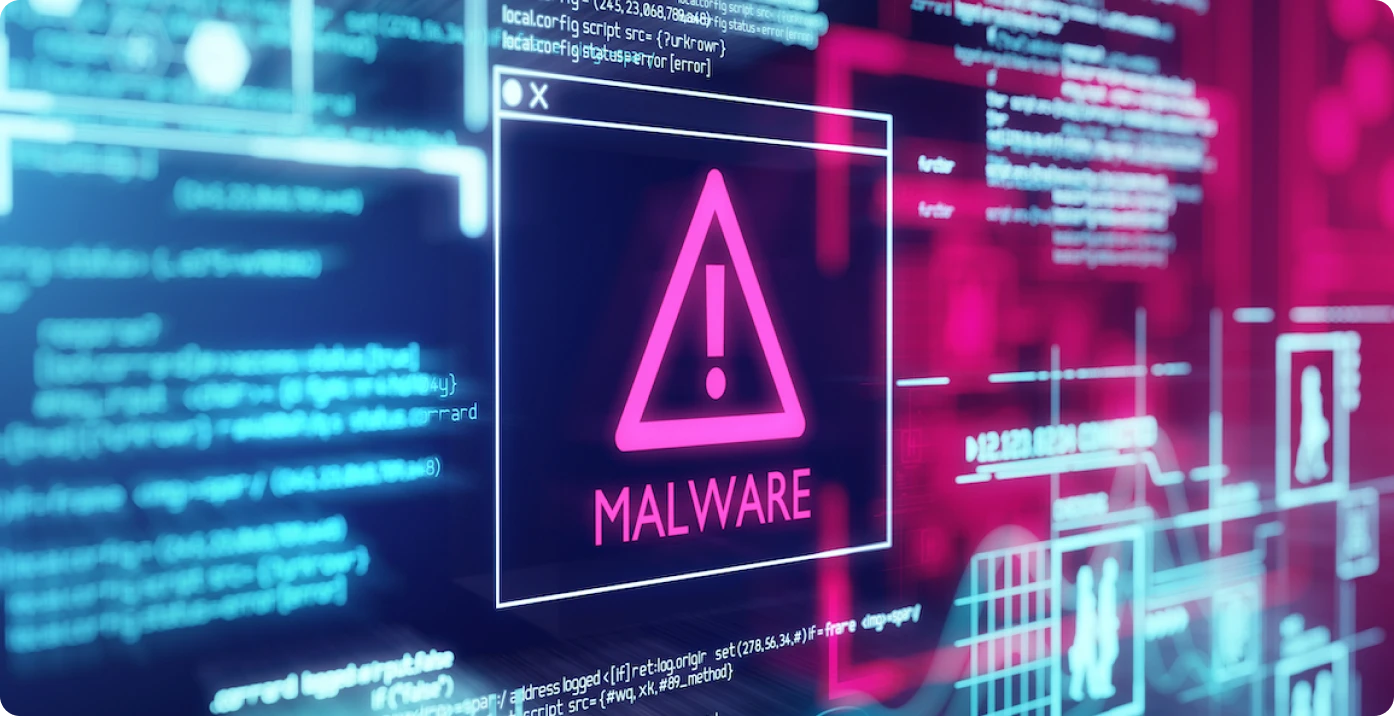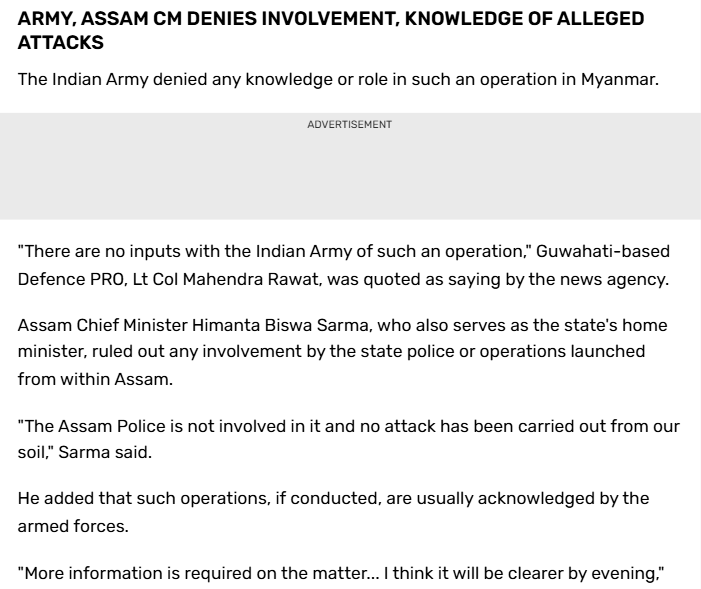National Cyber Security Reference Framework – Need of the Hour
Introduction
With the increasing frequency and severity of cyber-attacks on critical sectors, the government of India has formulated the National Cyber Security Reference Framework (NCRF) 2023, aimed to address cybersecurity concerns in India. In today’s digital age, the security of critical sectors is paramount due to the ever-evolving landscape of cyber threats. Cybersecurity measures are crucial for protecting essential sectors such as banking, energy, healthcare, telecommunications, transportation, strategic enterprises, and government enterprises. This is an essential step towards safeguarding these critical sectors and preparing for the challenges they face in the face of cyber threats. Protecting critical sectors from cyber threats is an urgent priority that requires the development of robust cybersecurity practices and the implementation of effective measures to mitigate risks.
Overview of the National Cyber Security Policy 2013
The National Cyber Security Policy of 2013 was the first attempt to address cybersecurity concerns in India. However, it had several drawbacks that limited its effectiveness in mitigating cyber risks in the contemporary digital age. The policy’s outdated guidelines, insufficient prevention and response measures, and lack of legal implications hindered its ability to protect critical sectors adequately. Moreover, the policy should have kept up with the rapidly evolving cyber threat landscape and emerging technologies, leaving organisations vulnerable to new cyber-attacks. The 2013 policy failed to address the evolving nature of cyber threats, leaving organisations needing updated guidelines to combat new and sophisticated attacks.
As a result, an updated and more comprehensive policy, the National Cyber Security Reference Framework 2023, was necessary to address emerging challenges and provide strategic guidance for protecting critical sectors against cyber threats.

Highlights of NCRF 2023
Strategic Guidance: NCRF 2023 has been developed to provide organisations with strategic guidance to address their cybersecurity concerns in a structured manner.
Common but Differentiated Responsibility (CBDR): The policy is based on a CBDR approach, recognising that different organisations have varying levels of cybersecurity needs and responsibilities.
Update of National Cyber Security Policy 2013: NCRF supersedes the National Cyber Security Policy 2013, which was due for an update to align with the evolving cyber threat landscape and emerging challenges.
Different from CERT-In Directives: NCRF is distinct from the directives issued by the Indian Computer Emergency Response Team (CERT-In) published in April 2023. It provides a comprehensive framework rather than specific directives for reporting cyber incidents.
Combination of robust strategies: National Cyber Security Reference Framework 2023 will provide strategic guidance, a revised structure, and a proactive approach to cybersecurity, enabling organisations to tackle the growing cyberattacks in India better and safeguard critical sectors. Rising incidents of malware attacks on critical sectors
In recent years, there has been a significant increase in malware attacks targeting critical sectors. These sectors, including banking, energy, healthcare, telecommunications, transportation, strategic enterprises, and government enterprises, play a crucial role in the functioning of economies and the well-being of societies. The escalating incidents of malware attacks on these sectors have raised concerns about the security and resilience of critical infrastructure.
Banking: The banking sector handles sensitive financial data and is a prime target for cybercriminals due to the potential for financial fraud and theft.
Energy: The energy sector, including power grids and oil companies, is critical for the functioning of economies, and disruptions can have severe consequences for national security and public safety.
Healthcare: The healthcare sector holds valuable patient data, and cyber-attacks can compromise patient privacy and disrupt healthcare services. Malware attacks on healthcare organisations can result in the theft of patient records, ransomware incidents that cripple healthcare operations, and compromise medical devices.
Telecommunications: Telecommunications infrastructure is vital for reliable communication, and attacks targeting this sector can lead to communication disruptions and compromise the privacy of transmitted data. The interconnectedness of telecommunications networks globally presents opportunities for cybercriminals to launch large-scale attacks, such as Distributed Denial-of-Service (DDoS) attacks.
Transportation: Malware attacks on transportation systems can lead to service disruptions, compromise control systems, and pose safety risks.
Strategic Enterprises: Strategic enterprises, including defence, aerospace, intelligence agencies, and other sectors vital to national security, face sophisticated malware attacks with potentially severe consequences. Cyber adversaries target these enterprises to gain unauthorised access to classified information, compromise critical infrastructure, or sabotage national security operations.
Government Enterprises: Government organisations hold a vast amount of sensitive data and provide essential services to citizens, making them targets for data breaches and attacks that can disrupt critical services.

Conclusion
The sectors of banking, energy, healthcare, telecommunications, transportation, strategic enterprises, and government enterprises face unique vulnerabilities and challenges in the face of cyber-attacks. By recognising the significance of safeguarding these sectors, we can emphasise the need for proactive cybersecurity measures and collaborative efforts between public and private entities. Strengthening regulatory frameworks, sharing threat intelligence, and adopting best practices are essential to ensure our critical infrastructure’s resilience and security. Through these concerted efforts, we can create a safer digital environment for these sectors, protecting vital services and preserving the integrity of our economy and society. The rising incidents of malware attacks on critical sectors emphasise the urgent need for updated cybersecurity policy, enhanced cybersecurity measures, a collaboration between public and private entities, and the development of proactive defence strategies. National Cyber Security Reference Framework 2023 will help in addressing the evolving cyber threat landscape, protect critical sectors, fill the gaps in sector-specific best practices, promote collaboration, establish a regulatory framework, and address the challenges posed by emerging technologies. By providing strategic guidance, this framework will enhance organisations’ cybersecurity posture and ensure the protection of critical infrastructure in an increasingly digitised world.



















